3 Hudson River School Artist Homes and Studios You Can Visit
In the 19th century, a group of New York landscape painters captured the wild, bold beauty of the natural world, eventually becoming known collectively as the Hudson River School.

The Hudson River Valley has long been alluring to artists seeking to capture the natural splendor of the New York landscape: the shifting light, the towering mountains, the serpentine river. In the 19th century, an informal group of New York landscape painters captured the wild, bold beauty of the natural world, eventually becoming known collectively as the Hudson River School.
The American painting style had its origins with the work of Thomas Cole in the 1820s and peaked in the 1850s and 1860s with artists such as Asher B. Durand, Frederic Church, Jasper Cropsey and Albert Bierstadt.
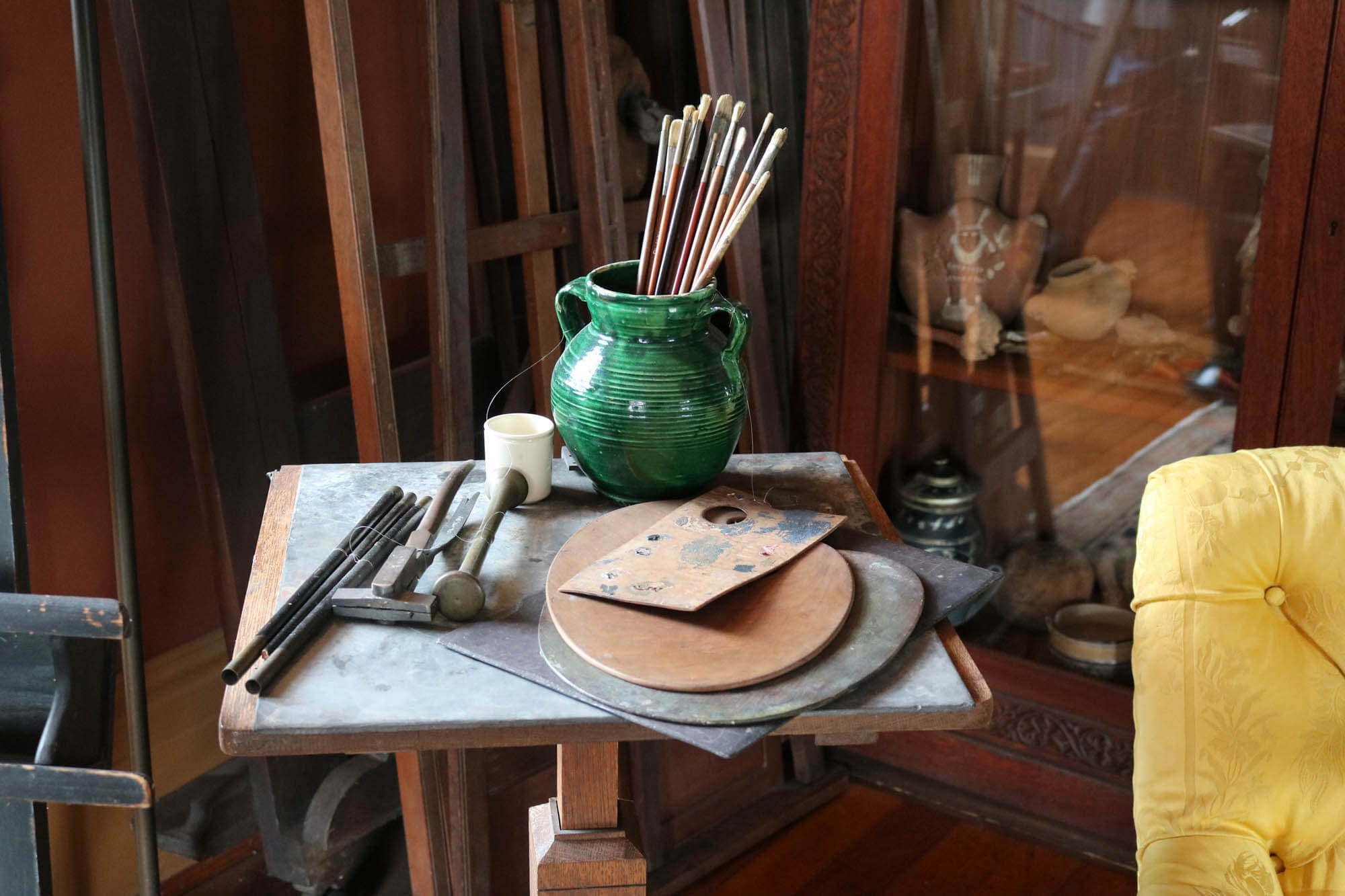
Although realistic vistas of New York were a frequent subject matter, many of the artists also traveled extensively and applied their painting philosophy to landscapes depicting the American West, Europe, the Middle East and Latin America.
While they travelled the world, many returned frequently to New York and studios in the city or in the Hudson River Valley. Today, the homes of three of the painters identified with the movement — Thomas Cole, Frederic Church and Jasper Cropsey — are open to the public.
If, after returning from an excursion, you want to see more of their work in person, Brooklyn’s very own Brooklyn Museum has work from each of the artists on view.
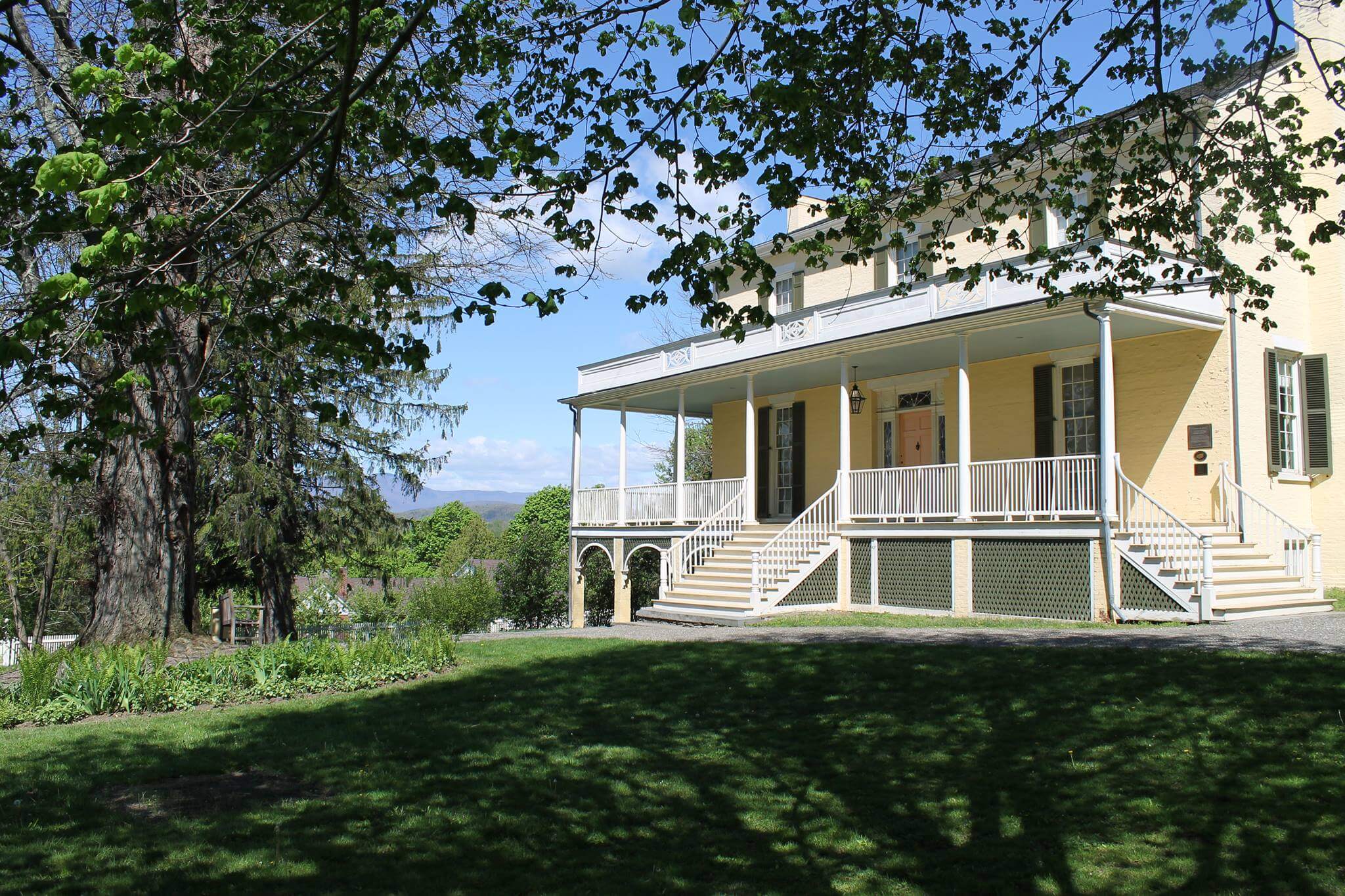
1. Thomas Cole, Cedar Grove
Often considered the father of the movement, Thomas Cole was born in England in 1801 and emigrated to the U.S. as a teenager. He was largely a self-taught painter, starting as an itinerant portraitist. He first traveled to the Catskill, N.Y., area in the 1820s and began capturing the wilderness he observed. He eventually travelled to Europe for several years of training and travel before returning to New York and establishing a studio in Catskill.
The location he chose was Cedar Grove, a Catskill farm owned by the Thompson family. He married Maria Bartow, a Thompson family niece, and the couple made their permanent home in the main house on the property, an 1815 Federal-style house. Cole eventually built a freestanding studio on the property in 1846.
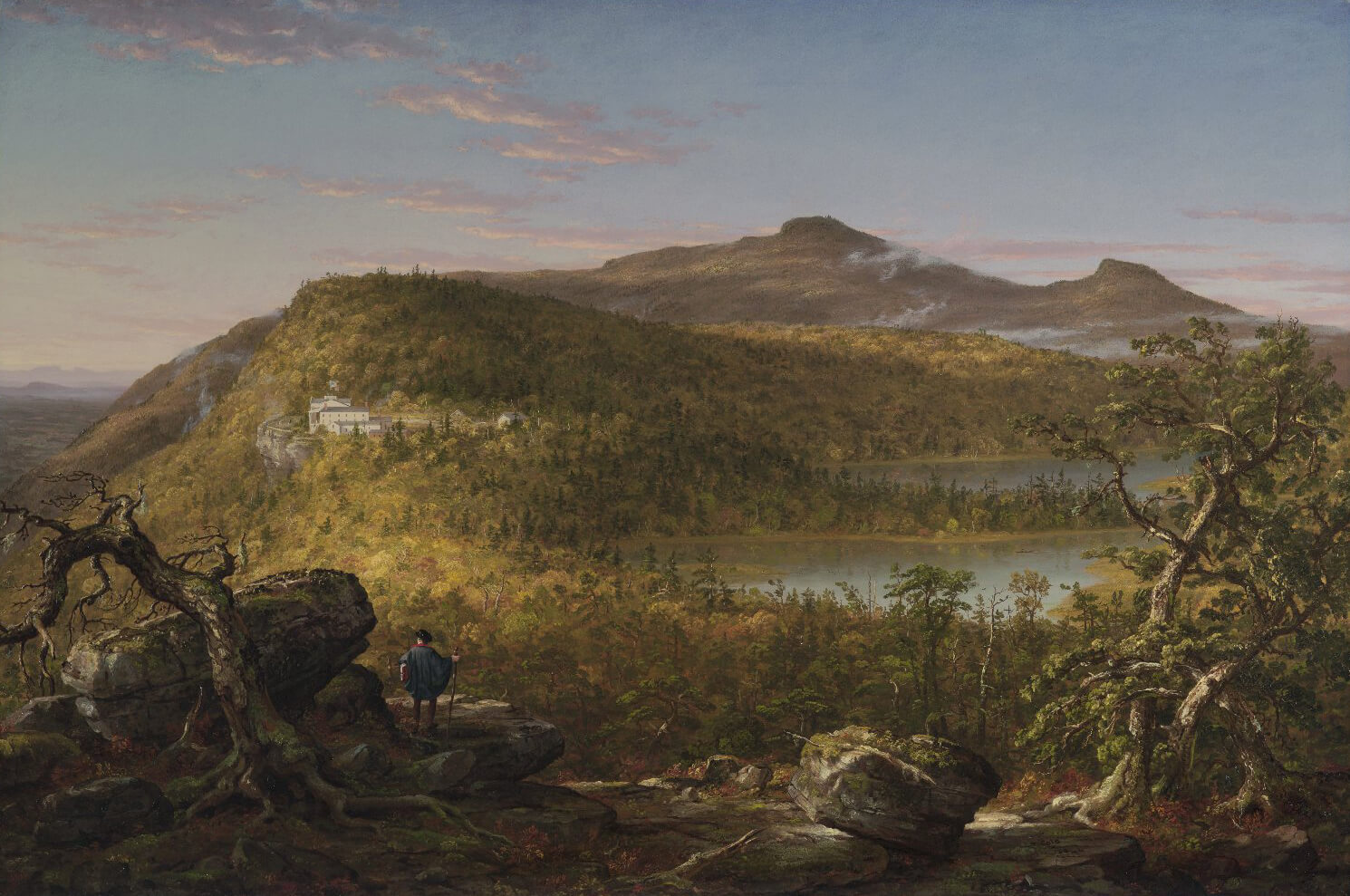
After the death of Cole in 1848, the family remained at the property until 1979. The Greene County Historical Society purchased the site in 1998 and it opened to the public in 2001. Now known as the Thomas Cole National Historic Site, it includes the main house, outbuildings and a reconstruction of the 1846 studio.
How to Visit
Address: 218 Spring Street, Catskill, N.Y.
Hours: Hours at the site vary by month, with the house open year-round and the studio from March through November. Guided and self-guided tours are available. For the current schedule, click here.
Admission: Admission is free for members, $12 for adults and $10 for students and seniors — those prices go up to $14 and $12 during the peak visiting season in October.
Directions: Take Amtrak to Hudson, then a taxi across the river (about a 10 minute ride). By car, the site is about 2.75 hours from Brooklyn via the Taconic State Parkway.
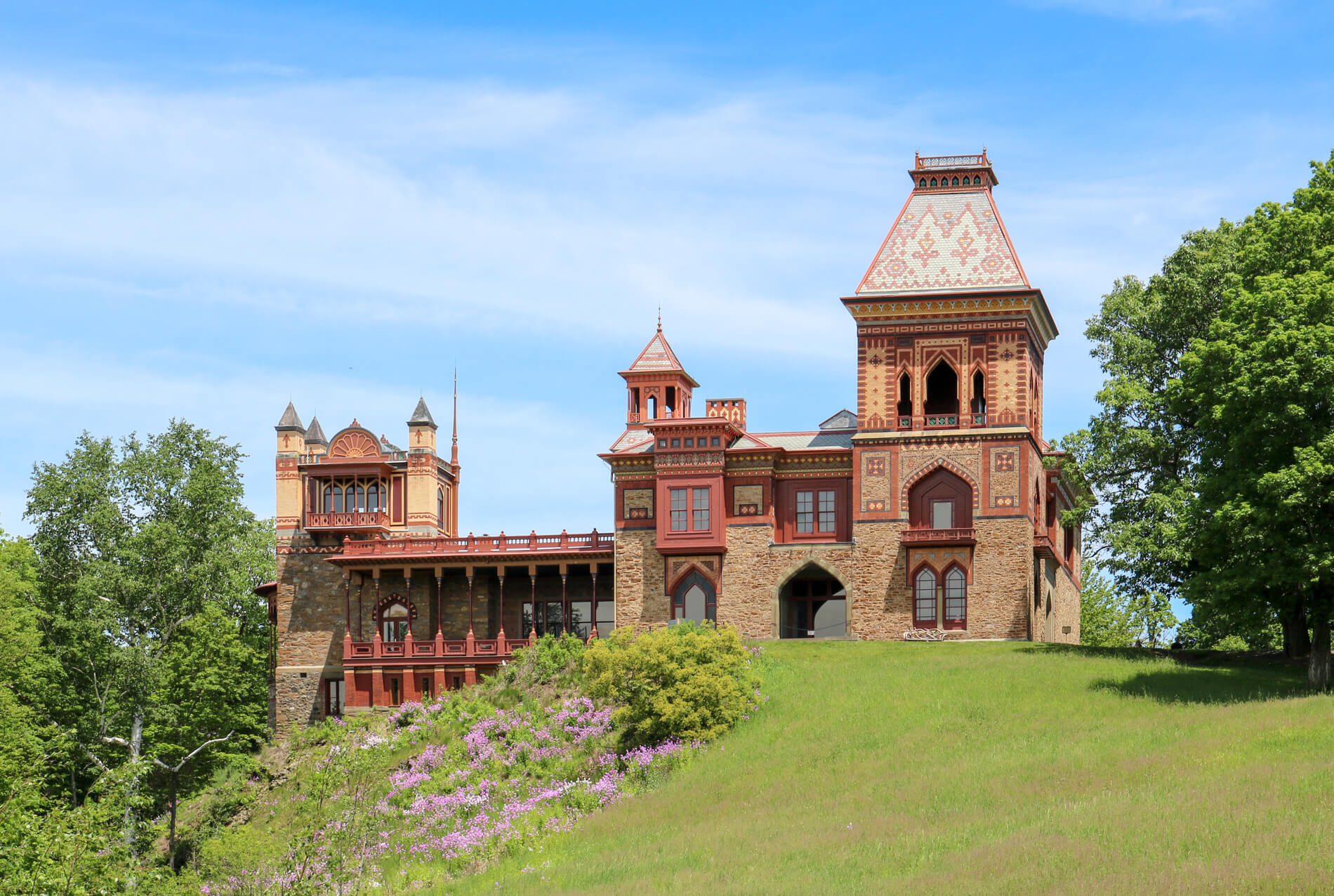
2. Frederic Church, Olana
Perhaps the most well known of the three artists’ homes is Olana, a visual feast created in the 1870s by Frederic Church and sited in a landscape designed for picturesque rambles and sweeping views. A native of Connecticut, Church arrived in the Hudson Valley in the 1840s as a student of landscape painter Thomas Cole.
In 1860, Church purchased a 126-acre working farm near Hudson, N.Y., and married Isabel Mortimer Carnes. The couple lived in a small cottage on the property while Church dreamed of plans for a larger house. Church was an inveterate traveller, and his travels in the Middle East, including Petra, Beirut and Jerusalem, influenced the themes and elements eventually incorporated into the new home.
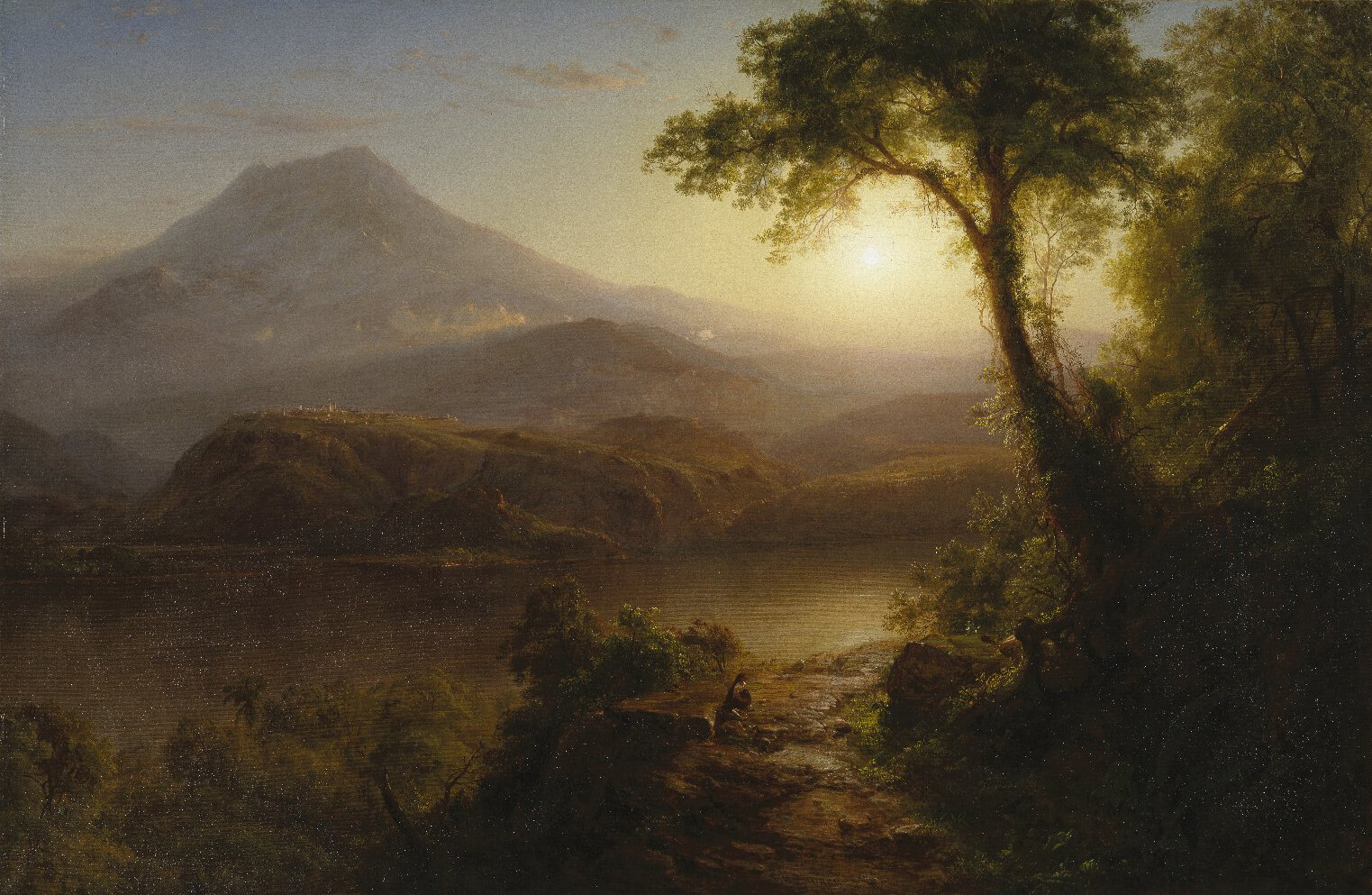
After the death of Isabel in 1899 and Frederic in 1900, the house stayed in family hands until the 1960s, with the interiors largely untouched. The threat of the dispersal of the furnishings and artwork raised alarms about the future of the site and a brought a rebirth of interest in Church’s work. The house and furnishings were purchased in 1966, and Olana was open to the public in 1967. The site is now operated by the Olana Partnership in collaboration with New York State Parks, Recreation and Historic Preservation.
How to Visit
Address: 5720 Route 9G, Hudson, N.Y.
Hours: The grounds are open seven days a week from 8 a.m. to sunset year round. From March 30 until the spring season begins in May the house is open Fridays through Sundays from 11 a.m. to 3 p.m. Tickets are required for all interior visits and they sell out quickly. For more information, click here.
Admission: Access to the grounds is free; winter season house tours include the main floor of the house and the studio and are $9 for adults, $8 for seniors and students, and free for children under 12.
Directions: Take Amtrak to Hudson, then a taxi (about a 10-minute ride). By car, Olana is about 2.5 hours from Brooklyn via the Taconic State Parkway.
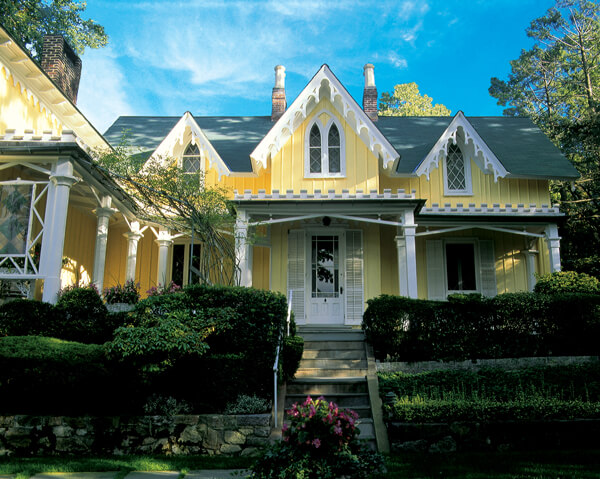
3. Jasper Cropsey, Ever Rest
A native of New York, Jasper Cropsey was born in Staten Island in 1823 and started down a path towards architecture. After winning an award for a model house he built at age 13, he apprenticed with a Manhattan architecture firm, producing renderings for the firm’s projects. He began dabbling with painting during his free time, taking lessons and viewing the works of Thomas Cole and other artists at the National Academy of Design in lower Manhattan.
By the age of 21, Cropsey had embarked on a life as a full-time painter and set off with his new wife, Maria Cooley, for several years in Europe. They returned to New York before heading back oversees as Cropsey gained a reputation for his landscapes.
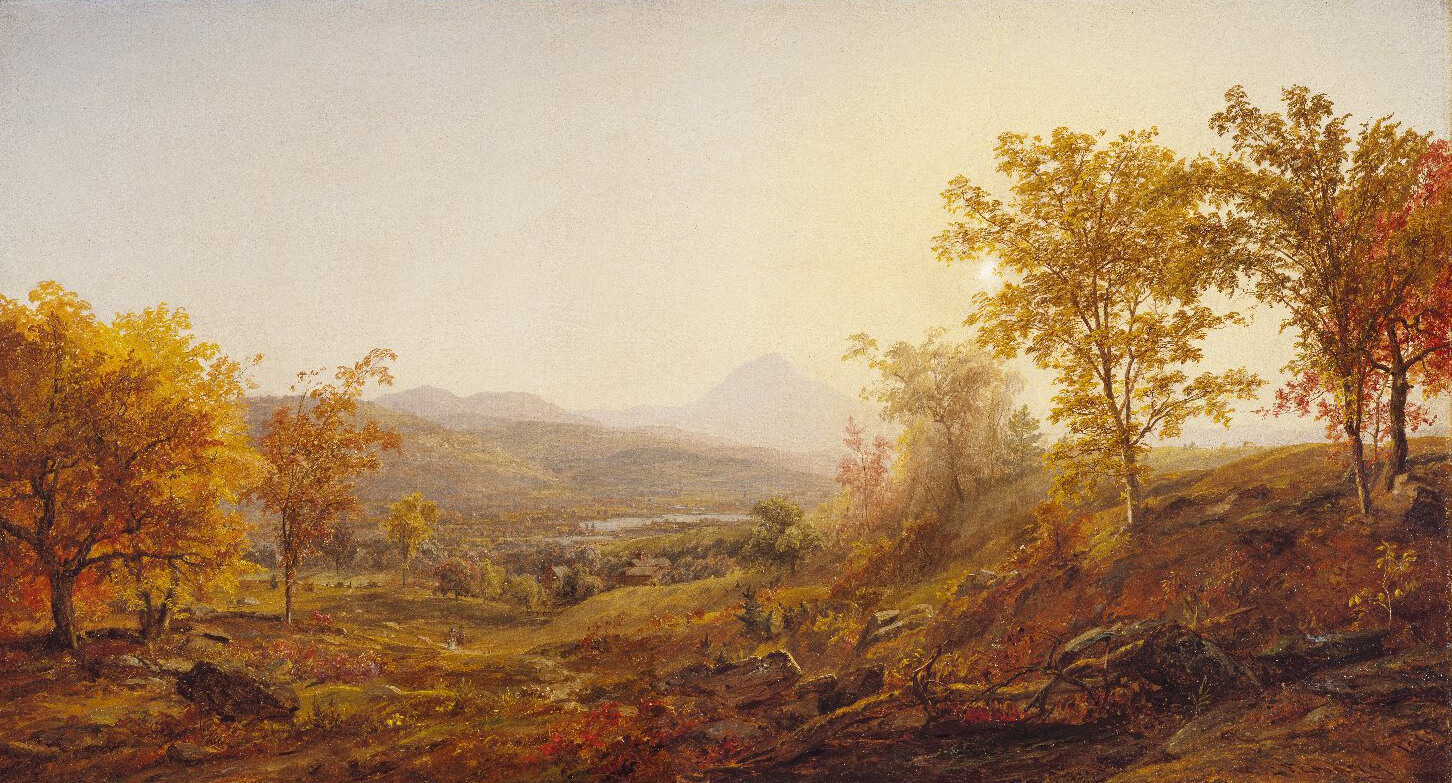
In 1885, the couple settled in Hastings-on-Hudson, N.Y., eventually purchasing an 1830s Gothic style home on Washington Avenue. They named the house Ever Rest and by 1887 had constructed a painting studio on site. After the deaths of Jasper and Maria in the early 20th century, the house remained a family residence until 1970. The Newington-Cropsey Foundation was then established to preserve the property and promote the scholarship of Cropsey and his work.
How to Visit
Address: 49 Washington Avenue, Hastings-on-Hudson, N.Y.
Hours: Ever Rest as well as the art gallery are open on weekdays by appointment only. For more information or to schedule a tour, click here.
Admission: Tours are free, but must be scheduled in advance.
Directions: Take Metro North to Hastings-on-Hudson; the site is about a 10 minute walk from the station. By car, Ever Rest is about an hour from Brooklyn via the Saw Mill River Parkway.
Related Stories
- Artists and Visitors Converse With the Landscape at Olana, Storied 19th Century Fantasy Retreat
- Hop on a Train and Travel Back in Time to the Cos Cob Art Colony
- Visit the Hudson Valley Villa Where an FDR Cousin and Confidante Lived for 100 Years
Email tips@brownstoner.com with further comments, questions or tips. Follow Brownstoner on Twitter and Instagram, and like us on Facebook.

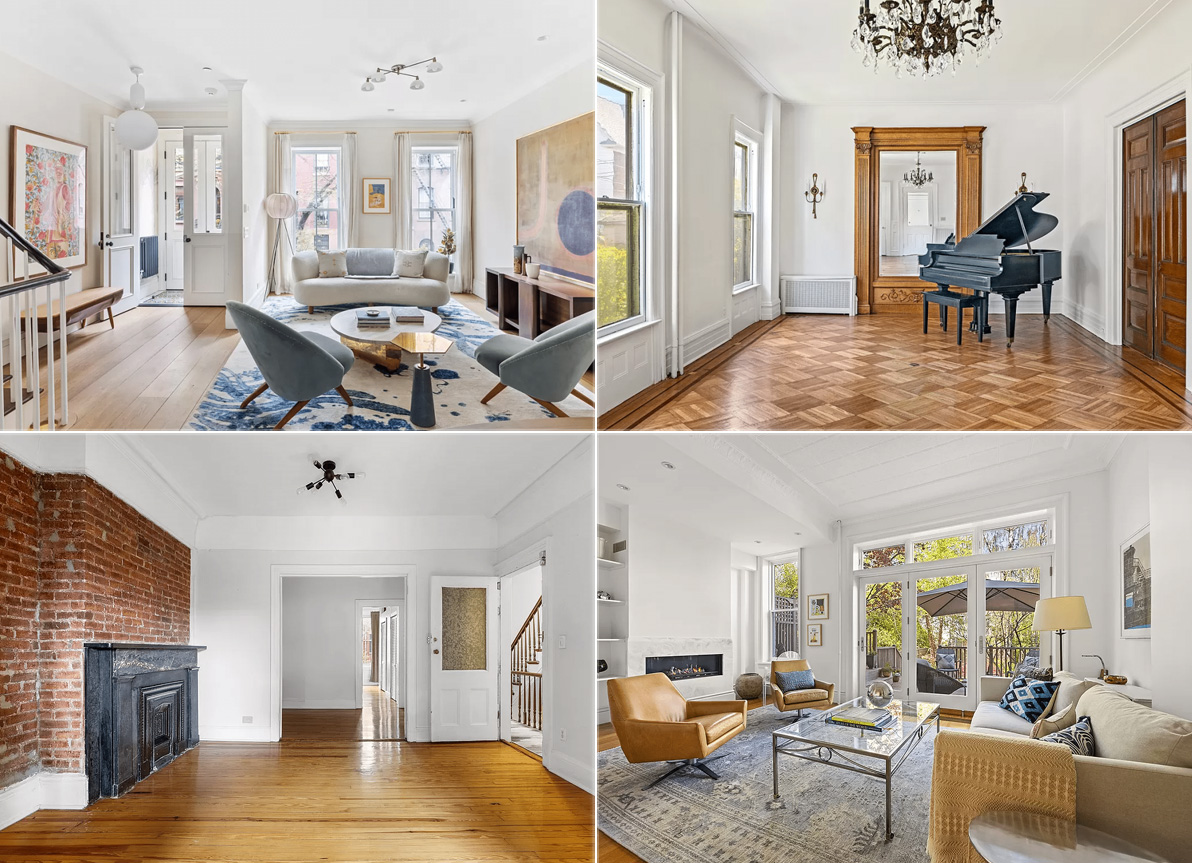
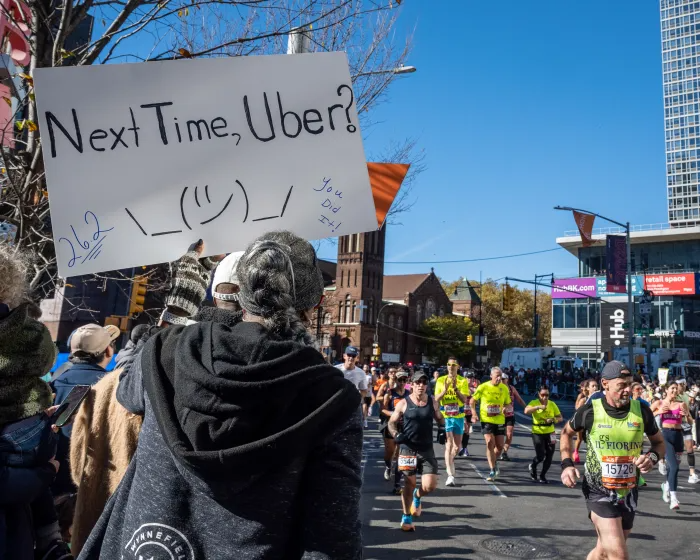
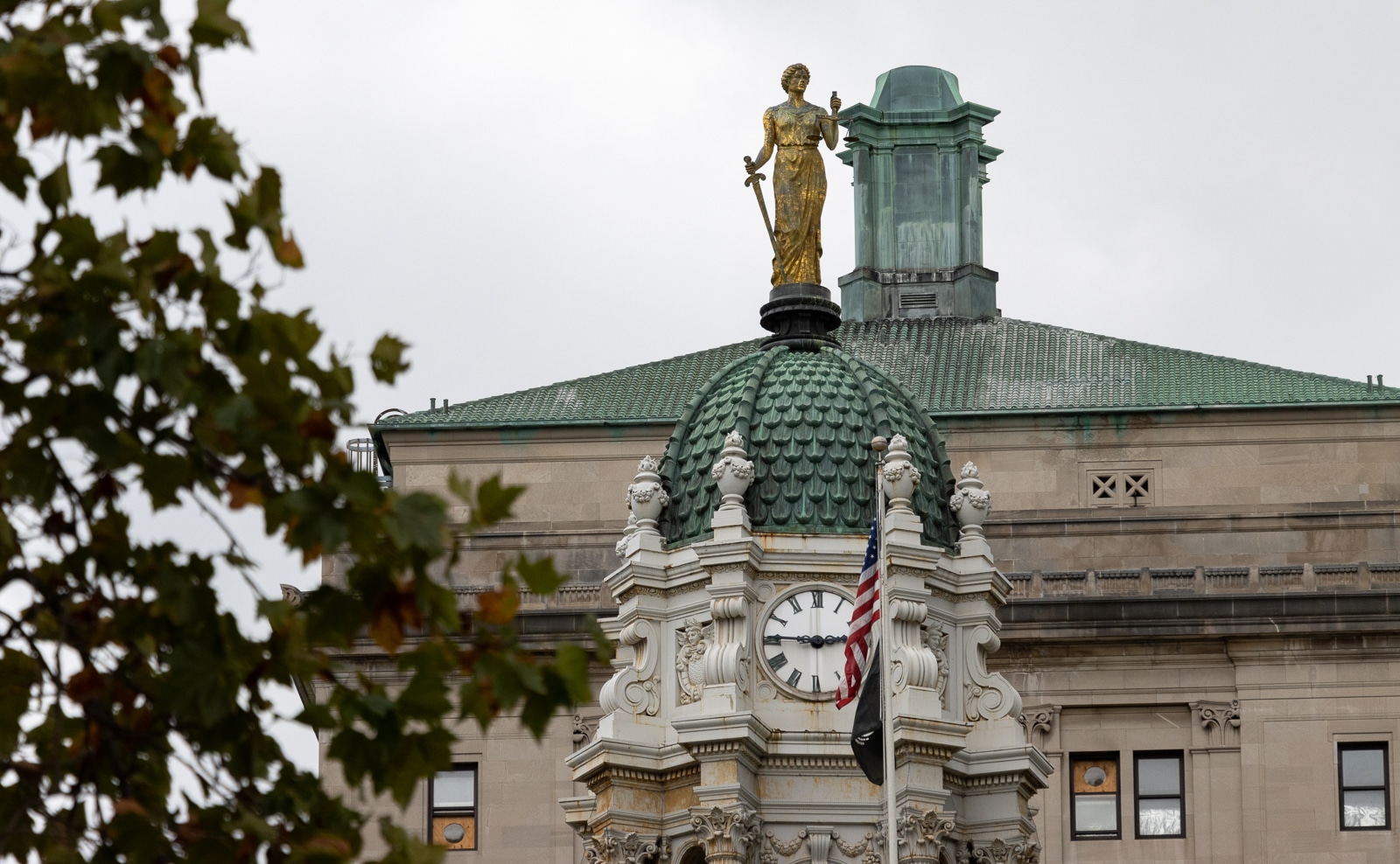
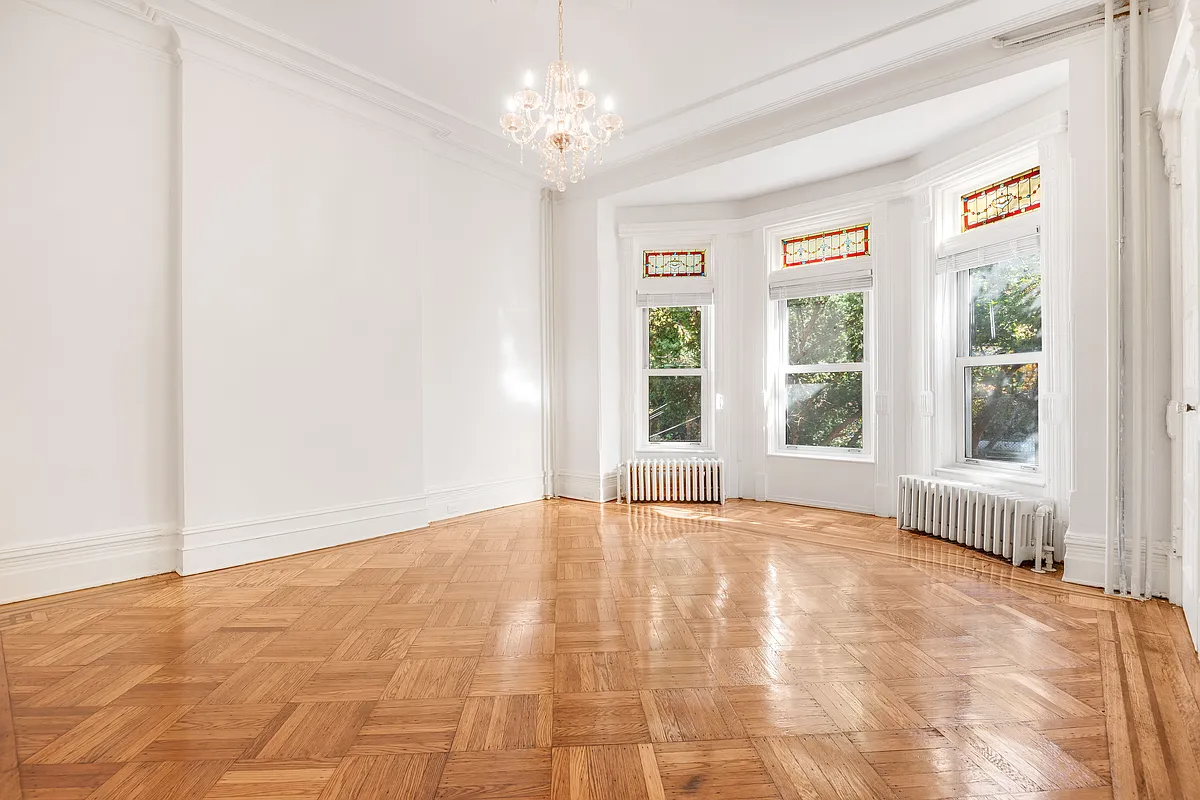
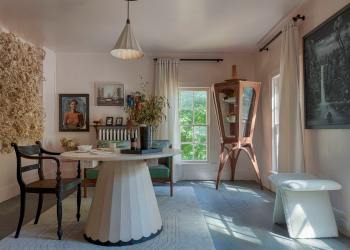



What's Your Take? Leave a Comment